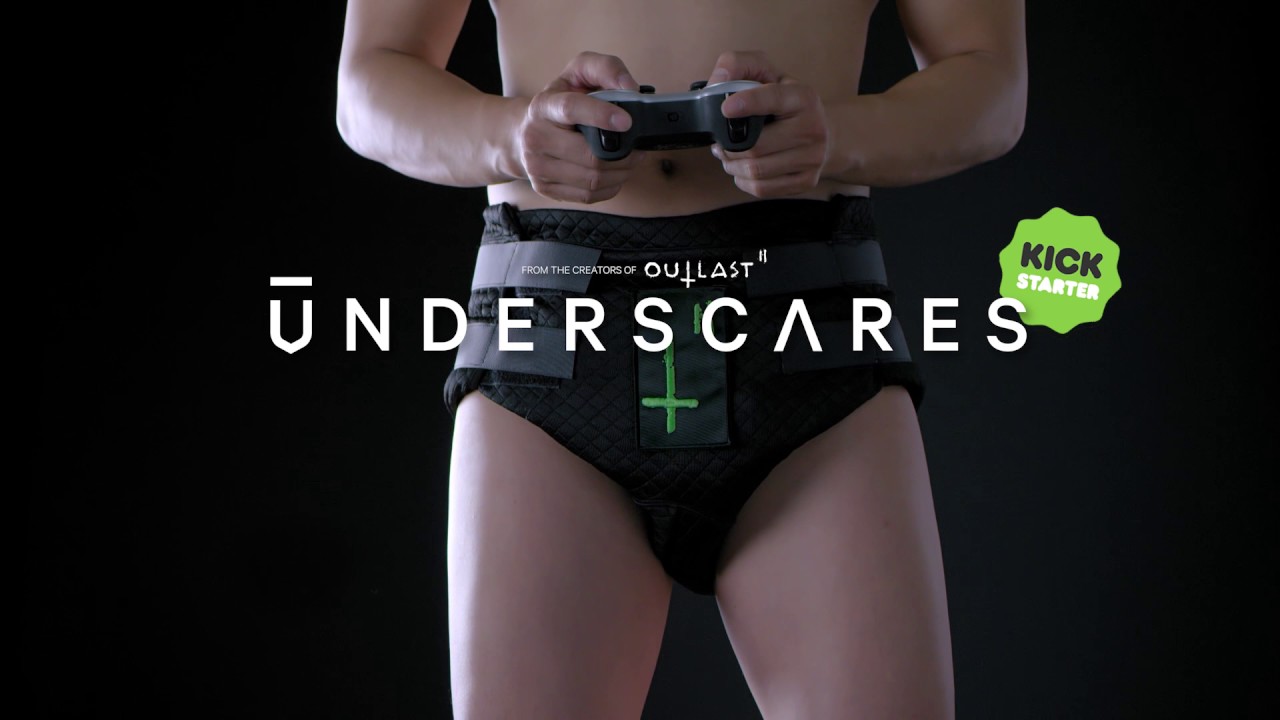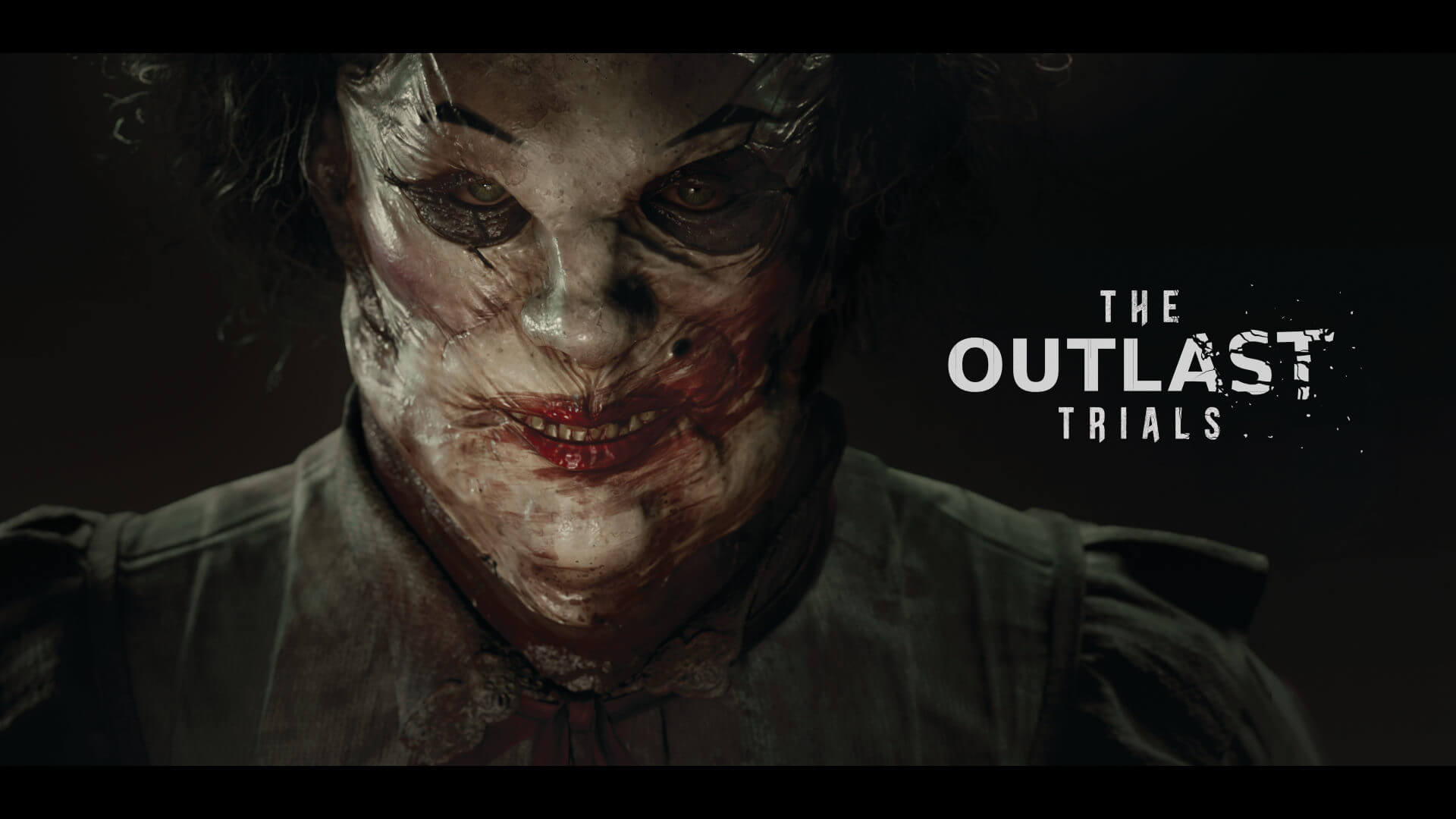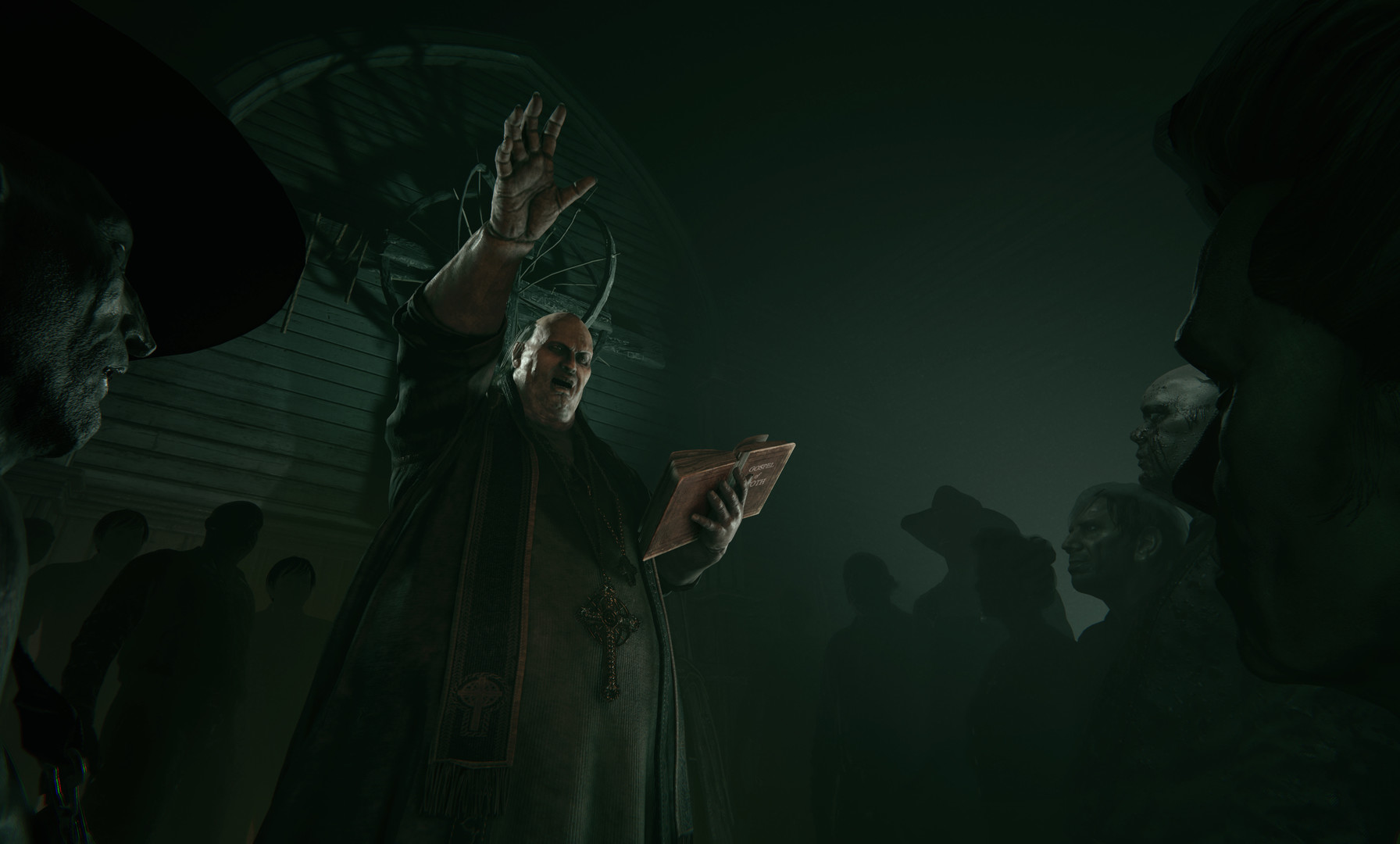
Underscare and the Marketing Behind Being Scared
When I initially wrote about Acclaim trying to advertise on headstones, and the surrealistic display of dudes dressed as Mario and Luigi diving in the world’s largest bowl of pasta, I didn’t think this would become a weekly thing. As it stands, every time I think I’m out of funny marketing gimmicks to talk about, Managing Editor Sam G. -who just loves seeing his name in these editorials- drags me back in. “Remember the corpse candle?” he’ll say. Of course, I remember the corpse candle, and I’ll probably write about it next week. This week, I found something that got me thinking: Why do companies market being scared? Also, what the hell is an Underscare?
When I say “market being scared” I’m primarily talking about ad campaigns that don’t care to tell us how the game plays, or looks, or sounds. Campaigns that focus mostly on “it scary”. As your average horror enjoyer, I’m not often out looking for things based on how scary they are. I like it if they’re scary, but it’s actually not a qualifier for whether or not I’m interested. Look at something like Rogue Lords, which I reviewed recently. It isn’t scary. It is horror though. There is this need to tie fear into horror. While horror can be scary, it isn’t required.

I speak of horror, of course, as the genre. Some of you will say, “I looked up the definition of horror in Webster’s unabridged dictionary, and it says that horror ACTUALLY does have to be scary.”. Yeah. Sure. If you’re going by the textbook, literal dictionary definition of horror then congratulations on not seeing the forest for the trees. Horror is such a broad title that pigeonholing it into a strict definition does a disservice to the horror community at large. So what got me thinking about this marketing strategy? Gamer diapers called Underscares.
Let’s go back to 2016. Off the back of the success of Outlast 2, developer Red Barrels started a Kickstarter funding campaign for gamer diapers to promote their game. “Underscare” as they were called, were for those moments when you get so scared playing Outlast 2 – a game far grosser than actually scary – that you might just lose control of your bowels.
“In partnership with local designers, we developed a diaper prototype that combines practicality, comfort and style so gamers can experience abject terror without worrying about dirtying their egos (or their couches),”
Red Barrels

You know…I’m not normally the type of person to say this about a novelty collector’s item that you’re supposed to shit in, but Underscare feels very juvenile. Horror, of course, has long been accused of being juvenile; made for rowdy teens and sleepovers, never in contention for serious discussion. I’m not saying Red Barrels set back the horror discussion or anything, but it’s still a bad look. The idea that gamers would need diapers is not a new one, actually. Long before Underscare, pop culture traded in stories of players answering the call of the wild, as it were, because they were so invested in the game. Underscares are just an extension of this hilarious, yet misguided stereotype.
But as backward as the idea was, it did hit out at what was formerly a big part of horror marketing. “This will scare you”. People like to be scared. Some more than others. It’s drummed up numbers as far back as people claiming that folks died watching the original Universal Frankenstein film. You can market off the back of terror. William Castle did it in the 50s and 60s to great effect. That’s really what’s at the heart of this technique: showmanship. If you can convince someone that they’re in danger without them leaving their couch (don’t even have to leave the couch at all, thanks to Underscare), they’re generally in. This editorial is not a repudiation of scaring folks for money. I just want to look at how badly it can be done.

When a game or movie advertises itself fully on the back of “it scary”, I know instantly it’s probably not scary. It’s been beaten into my head since Paranormal Activity failed to raise even an iota of the hair on the back of my neck. What I worry about are the games and movies that aren’t marketed on scary, but that I hear about via word of mouth. Hearing about something through word of mouth from a friend or acquaintance makes it more personal, more impactful. This is a person you trust. They’re not a slick marketer trying to get you to buy the Blu-ray director’s cut of The Exorcist by telling you it’s so scary you’ll die 8 times and need to be brought back from the brink of death. It’s usually something brought up in hushed tones. Something that hit them just right, and now they want you to feel it too.
Take, for example, Doki Doki Literature Club. It did not have a marketing blitz. It really had the opposite. No one really knew about it. It started off small, with friends suggesting it to friends, suggesting it to friends. “It sneaks up on you” people would say. “Just stick with it, you won’t be sorry”, said your visual novel-enjoying friend. You know it’s scary, but you don’t know how. It does in fact sneak up on you. The greatest sin Doki Doki committed was waiting too long to get into the scares. I went in with a sense of dread; I knew something was coming, but not when or what. After about an hour and a half of visual novel shenanigans played out, I was already numb to anything that the game was going to throw at me. When the reveal happened, it was more of a “meh”, than an “AHH”. Also, its lack of tie-in Underscare.

I don’t know why gamer diapers got me so tilted. Maybe it’s because I know in my heart of hearts that horror is better than that. No one is out here marketing for other genres like this. “Ori and the Will of the Wisps will make you cry so hard you’ll shrivel into human jerky, bereft of moisture” would get a PR executive canned on the spot. I hate to say this because it’s almost lost all meaning in the last few years, but here goes: Do better, game marketing.



